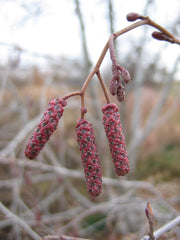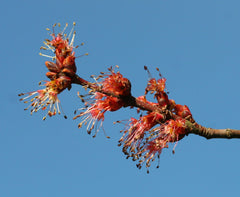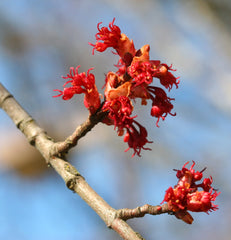Budding botany fun September 24 2020, 0 Comments
Many times, children see plants presented as static objects rather than dynamic, interesting living things. I have a new card set that can help you bring more liveliness and fun to botany. It is called “What Flower Is Growing Here?” The set has close-up photos of buds and on a second card, the flowers that unfold from them. Children look at a bud and see if they can match it to the flower in bloom. There are 16 different species of plants featured, and their study can stimulate bud observations in both spring and fall. You can see the set here. https://big-picture-science.myshopify.com/collections/montessori-botany-materials/products/what-flower-is-growing-here .


There is a sentence or two on the flower card that helps children understand more about the flower. For more advanced children, there is a text card for each plant that gives its classification, more details of its development, and its origin.
Annuals and herbaceous perennials grow most rapidly in spring and summer. They produce their buds and blooms from spring to late summer. Most of them have finished their activities in autumn. Herbaceous plants that are pictured in the “What Flower Is Growing Here?” set include petunias, pansies, poppies, and peonies. Zinnias, hollyhocks, nasturtiums, lilies, and columbines, along with daffodils, daylilies, and the bearded iris, round out the spring and summer bloomers that die back in winter.
In autumn, there are structures to observe in another group of plants, the shrubs and trees. Several woody plants form conspicuous flower buds by autumn and hold them over the winter before they bloom in spring. All of them form leaf buds, and many form flower buds that are hidden in the leaf buds. The woody plants in “What Flower Is Growing Here?” are the rhododendron, flowering dogwood, and star magnolia. All three of these form their flower buds in the late summer or early autumn. They have flower buds that children can easily see all winter long. Other woody plants that form visible flower buds in autumn include alders (shown below), birches, forsythias, and the silktassel (Garrya).

Considering these two categories of plants, there is some flower bud to be seen almost year round. After children have worked with the “What Flower is Growing Here?” cards, they are primed to find buds on nearby plants. They can even look at weeds with a hand lens and may be able to find tiny flower buds there. Following buds through their development is an important activity that helps children see plants as alive and dynamic.
When children see the buds during the winter, they will be primed to observe the big changes that come in spring. If they keep a watch on annuals and perennials in the spring, they may spot the buds well before bloom time. It is exciting and amazing to see what a large flower emerges from some small buds.
The same sort of excitement can come in spring when the leaf buds start to open. Woody plants form their leaf buds in the previous summer or autumn, and most are covered by bud scales. Giving children an opportunity to observe next year’s leaf buds will prepare them to appreciate the swelling bud scales and leaf emergence in the spring.
Enjoy watching your plants bring forth their buds and flowers.






 d.
d.